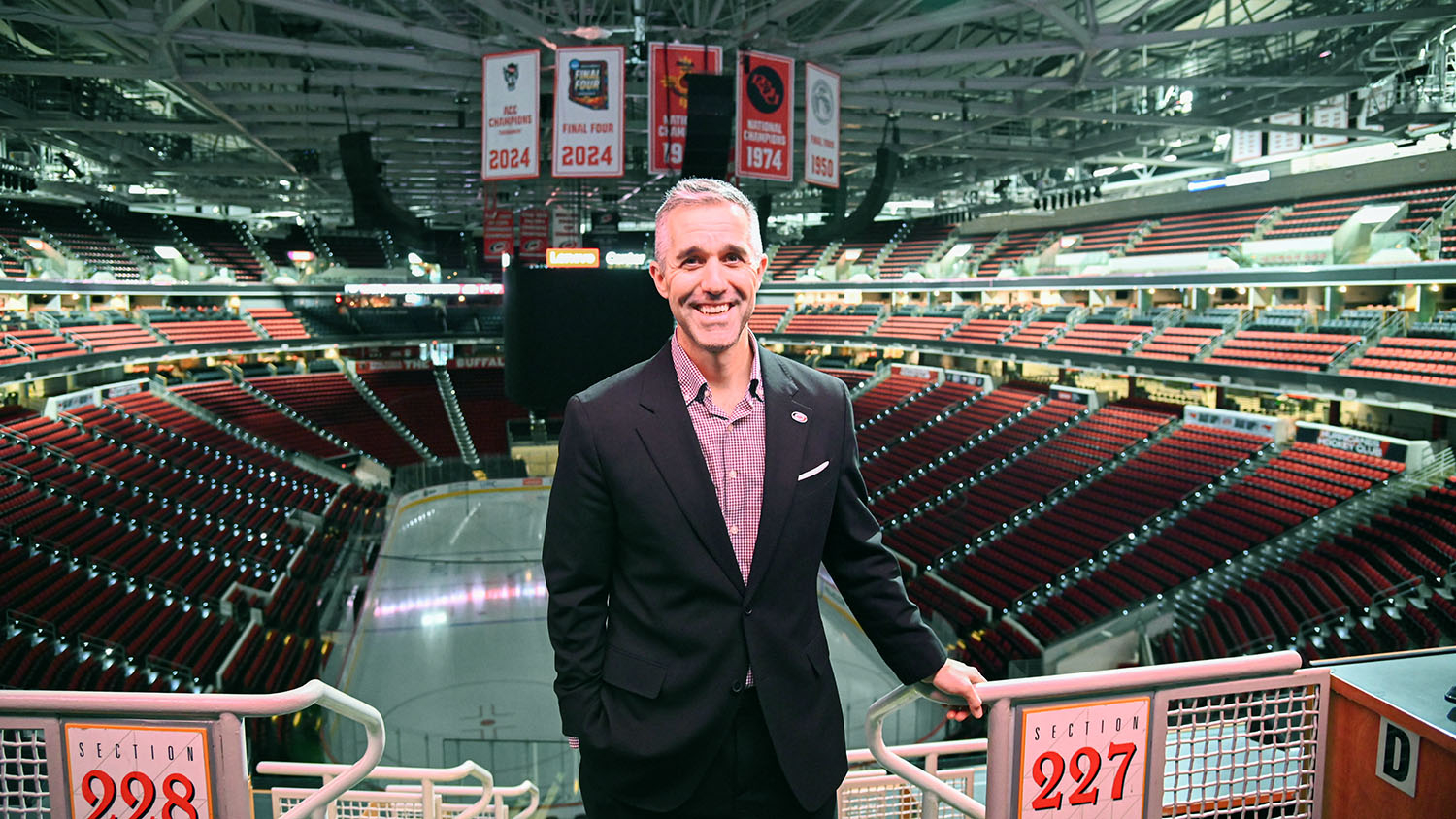Wherever you work, and whatever you do for a living, at some point you are going to experience conflict in the workplace. Because workplace conflict is a problem that everyone deals with, it makes sense that it is a well-studied issue. A new book brings all that research together to offer practical insights on how to address these conflicts in a way that both helps the bottom line and improves workplace culture.
The book, Communication for Constructive Workplace Conflict, is the culmination of more than two decades of research, drawing on a wide variety of research disciplines. To learn more, we talked with author Jessica Jameson, a conflict management expert and head of NC State’s Department of Communication.
The Abstract: What was the impetus for writing Communication for Constructive Workplace Conflict?
Jessica Jameson: I have been studying conflict that occurs in organizational settings since I was a graduate student. Over the years, I have read many books and articles that provide advice on how to approach conflict or negotiate productively. However, in my own organizational experiences, I have found that there are a number of obstacles that make it difficult to put that advice into practice. At least part of the challenge is that most people do not read the research on how to engage in productive conflict, so conflict interactions easily escalate. Furthermore, most workplaces have power and status hierarchies that can make it very difficult for members who perceive themselves to have less power to speak up about concerns or engage in conflict.
My goal in writing this book was to describe the obstacles to engaging in conflict, while also reminding organizational leaders (and future leaders) of the benefits of creating an organizational environment that supports constructive conflict. Because I have conducted research in a variety of organizational contexts, including academic, corporate, government, healthcare and nonprofit settings, I felt confident that the lessons I have learned over the years were relevant to a wide audience and could help current and future organizational members, including managers and other leaders, improve their approach to communication and conflict management in ways that transform their workplace relationships and the overall organizational culture.
TA: What drew you to studying workplace conflict in the first place?
Jameson: I was a communication major as an undergraduate student and after graduation I worked in marketing for a large corporation for about five years. During that time, I observed a lot of communication that I found frustrating, yet I was in no position to offer any feedback or make any changes. I decided to go to graduate school to continue my communication education and gain the expertise to offer advice to organizational leaders, help organizational members communicate more effectively, and improve organizational culture and effectiveness while also improving the lives of employees.
TA: Your background is in communication studies, but you drew from a wide variety of disciplines when writing this book. Honestly, the scope of the work seems a little overwhelming. How do you go about determining how widely to cast the net for a book like this one?
Jameson: Communication is one of the youngest of the social science disciplines and, as a discipline, we have borrowed heavily from theories and research in psychology, philosophy, political science, sociology and education, just to name a few (and contributed our own insights to those disciplines in return). Over the last 24 years of teaching courses in conflict management, researching conflict management, and attending academic conferences where I interact with scholars from multiple disciplines, I have compiled many books and articles I find relevant to my courses and the specific research questions I am interested in. I only realized when I completed the book just how many different disciplines were represented.
TA: You started work on the book before the COVID pandemic started. How have issues related to workplace conflict evolved since the beginning of the pandemic? And are those issues that you were able to address in the book?
Jameson: I love this question because I wrote the first draft of the book in 2014. I took about a five-year hiatus from the book to work on another project about fostering interdisciplinary collaboration among academic, government and industry, and I learned a lot more about communication and conflict management from that experience. When I got back to this work it was early in 2019, and we were already experiencing significant changes in how we think about and manage conflict due to the proliferation of social media and the impact of political polarization on our everyday interactions (both at home and at work). Then we all experienced changes in how we work due to the pandemic, with so many people working remotely and the move to a variety of online platforms (like Zoom and Microsoft Teams) that in many cases have replaced face-to-face meetings and telephone conferences. As a result, I was able to integrate a lot more material in the book, such as discussions of intercultural communication and creating an inclusive workplace environment; listening and responding to people who have different viewpoints and life experiences; and how to prepare for and manage remote meetings more successfully. I am very grateful for the extra years I spent on this book because I think it is incredibly timely and relevant to the workplaces of today, which include a combination of face-to-face and remote interactions.
TA: Having just written an entire book focused on handling workplace conflicts, what’s one tip that you have for folks who are grappling with conflict in the workplace? Is there a good starting point you’d recommend to people?
Jameson: The best starting point is self-awareness. Conflict is often triggered by an emotional reaction to something someone did or said (or did not do). Conflict gets off to a bad start when we react rather than take time to thoughtfully respond. It is helpful to see if you can determine what caused your initial, gut reaction. What specifically are you upset about? What is it you would like to change or be different?
The second important point is to reflect on possible explanations for the other party’s behavior. What assumptions are you making about why they did or said what they did, and are you making assumptions about their intent that may not be accurate (or fair)? When we react right away, with anger or defensiveness, conflict escalates quickly and is often not productive. It is better to take a moment to ask questions about what the other party did or said (or did not do). Asking questions allows you to obtain more information, clarify a possible misunderstanding, or lead to a conversation about the underlying source of the conflict and how you can develop a collaborative solution. This, in turn, models constructive conflict communication, sets the stage for better interaction in the future, and maintains or even strengthens the workplace relationship.
This post was originally published in NC State News.
- Categories:



